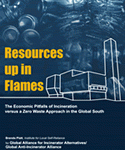by Brenda Platt, Institute for Local Self-Reliance for GAIA (Global Anti-Incinerator Alliance/Global Alliance for Incinerator Alternatives)
Download the Press Release (PDF)
Decision-makers in any community considering a waste incinerator will find Resources up in Flames essential reading. Pitfalls such as high capital costs, tonnage shortfalls, expensive pollution control equipment, and hampering least-cost options such as waste prevention and recycling can beset an incinerator project in California as easily as one in Manila. Officials in developing countries will be particularly interested in the downsides to transferring a technology designed and tested for the discard stream and infrastructure in industrialized nations. While the report introduces the concept and need for zero waste planning and highlights the growing worldwide zero-waste movement and numerous examples of communities embracing such an approach, it emphasizes that non-burn alternatives are readily available. The first half of the report is devoted to the economic problems posed by incinerators and includes a section on how to evaluate a planned incinerator. The second half focuses on non-burn options and examples, and concludes with a 10-step plan for getting starting on the path toward zero waste at the local level.
April 2004 (76 pages) Download the Full Report. (2.17 MB PDF)
See also:
- Executive Summary of “Resources up in Flames” (PDF)
- Conclusion of “Resources up in Flames” (PDF)
- Waste Incinerator Myths (PDF)
- Twenty Reasons Why Incineration is a Losing Financial Proposition for Host Communities (PDF)
- Aiming for Zero Waste: Ten Steps to Get Started at the Local Level (PDF)


